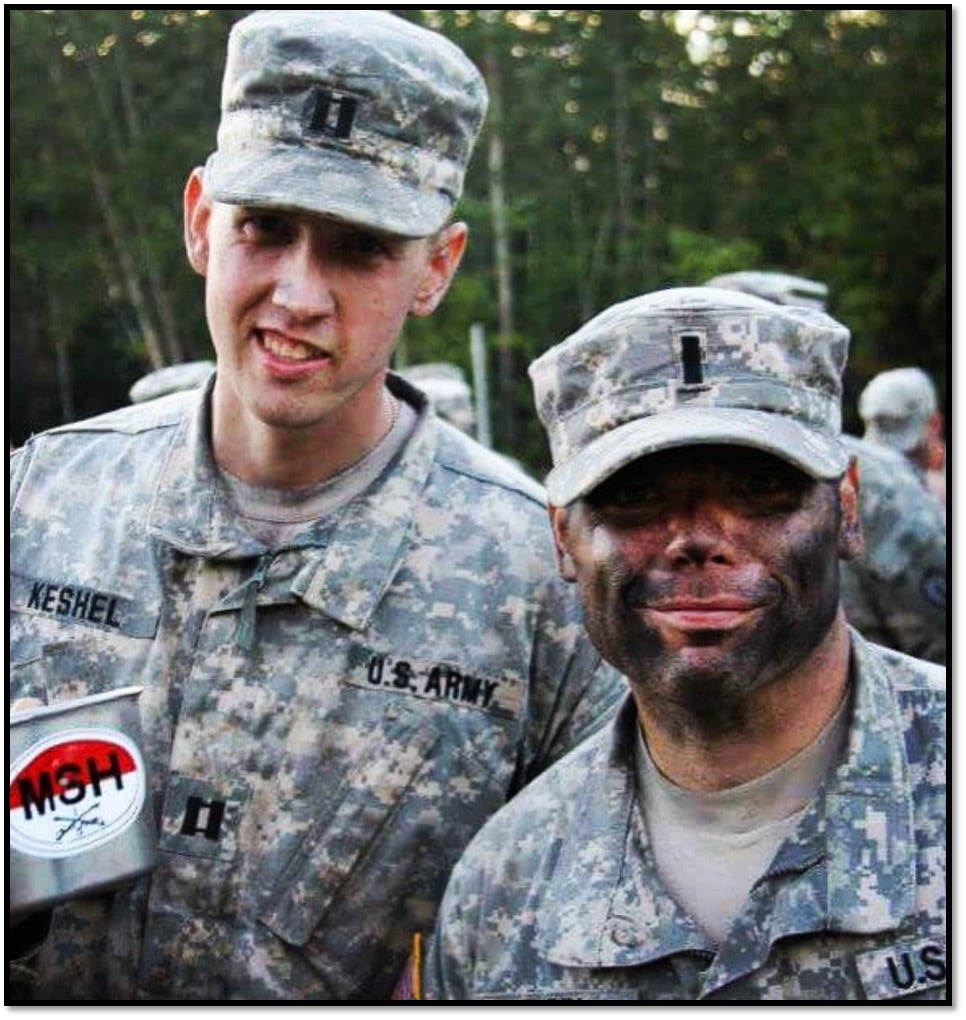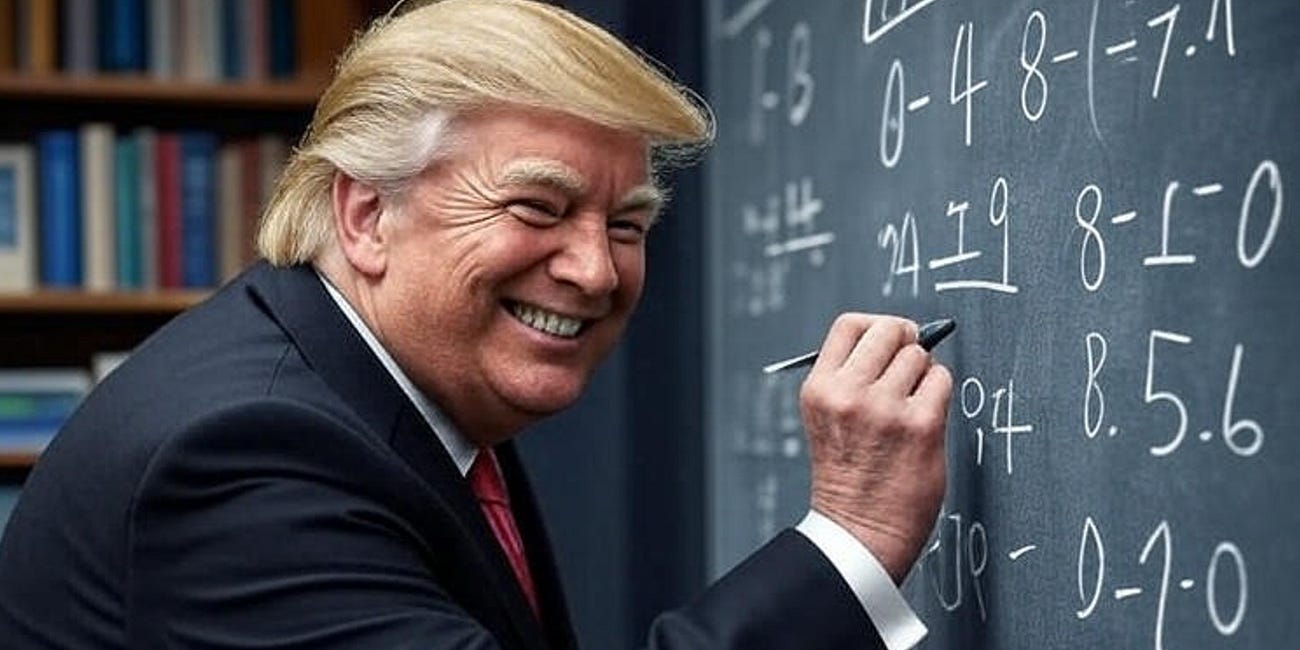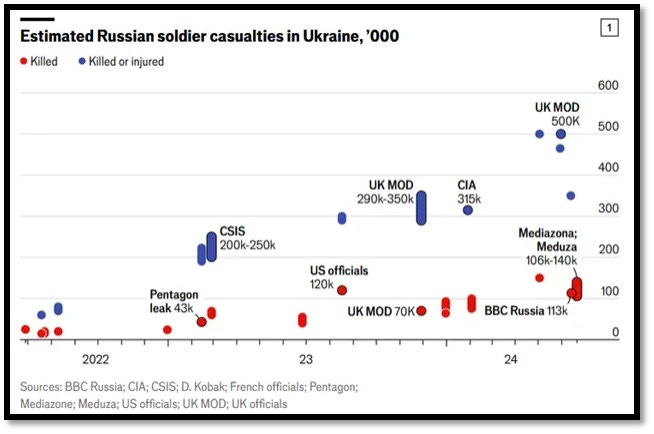North to Alaska
Reading the global tea leaves leading into the Trump-Putin summit for Ukrainian peace.
We’re off to the races now that the American team of President Trump, Marco Rubio, Scott Bessent, Howard Lutnick, and Steve Witkoff have departed for Alaska and a meeting with Russian President Vladimir Putin and his delegation. Before I kick things off, I’d like to relay a personal touch. I served in U.S. Army Alaska in 2012-13 and spent seven nights in the training grounds of Joint Base Elmendorf-Richardson (or JBER, pronounced Jay-Bear), which lies near the Turnagain Arm of the Cook Inlet adjacent to the Anchorage metro.
This exercise also happened to occur in December. Our operations Sergeant Major had served there and said it would provide a warmer training environment for cold weather activities. He couldn’t have pegged it worse.
Our latrines stored frozen mountains of human waste, canteens froze at night as we slept, and no one could keep the heaters working efficiently enough to get the sleep tents above 20 degrees. The winds howled in from the Gulf of Alaska. It was truly awful, and in a sense, exactly how an Arctic Soldier should look back on time served in the Great North. Our unit had dozens of low-grade cases of frostbite acquired during weapons qualification.
The eyes of the world are on JBER today, and as with the mid-decade census do-over, I don’t think the President is traveling clear across the North American continent for his health or because he wants a slice of Moose’s Tooth Pizza.
Storm Clouds: Trump’s Mid-Decade Census will Turn into a War
Yesterday was a huge day for the Trump 47 administration taking the axe to the roots of the systemic corruption tree I’ve referenced multiple times this week. President Trump announced he ordered the Commerce Department to undertake a brand-new mid-decade census
Trump campaigned heavily on ending existing global conflict, and has been successful in several examples – such as Armenia vs. Azerbaijan and Rwanda vs. Democratic Republic of the Congo. If the fragile peace can hold, the ceasefire between Israel and Iran is also a strong diplomatic achievement few imagined possible after June’s fracas. Thus far, an end to the fighting in Eastern Europe has eluded the administration and, as is the case with historical conflicts, threatens to draw more actors into the fray.
Putting on my intelligence officer hat, here are three key assessments ahead of today’s summit:
I. Someone is Missing
Either Presidents Trump and Putin have enacted a height requirement for today’s summit, or Ukrainian President Volodymyr Zelenskyy has better things to do. Based on his last visit to the United States, it seems like he finally acquired a business suit, so I’d list the reasons for his absence as follows:
· Complete lack of negotiating leverage
· Saving face on the world stage
· Running to allies and financiers to prolong a war effort a vast majority of Russians and Ukrainians wish to see swiftly ended
To me, Zelenskyy’s absence from the summit speaks volumes and is arguably a bigger tell than the presence of Putin and Trump.
II. Putin on the March
Pursuant to the point above, it is most important to assess the state of the conflict. There is almost single source of accurate information, and as in the old days, observers must piece together assessments from separate reliable sources. For a prime example, look at some of the sources reporting on casualties in the ongoing conflict. Are there 200,000 dead, or a million? Who knows?
Substack has some of the best investigative work on the conflict, and I’ve been reading a lot of what many of these experts have to say.
From an excellent overview by ArnGrimR in February, quoting a study:
An article by the Centre for Eastern Studies from February 2024 reported that “At the end of 2023 the Ukrainian army was facing a serious crisis involving manpower shortage, aside from the even more serious problem posed by the shortfall of weapons and ammunition. This is particularly evident as regards the infantry, which has formed the backbone of the forces fighting against Russia and has suffered the most severe losses;” and “the progress of the summer offensive on the Zaporizhzhia front has revealed that in late 2022 and the first half of 2023 Kyiv decided to stick with limited mobilisation. This enabled it to replenish losses in the old brigades and to form more than ten new brigades, which were mainly intended to take part in the offensive.”
A sobering glimpse at reality was given:
“Many of the volunteers who had joined the ranks in the great wave of enlistment back in 2022 have been killed, wounded or have left the military for health- or family-related reasons. Many of those who have remained in the ranks are physically and mentally exhausted, and their continued service on the front without rotation may result in a possibly catastrophic decline in the number of experienced soldiers, or in large-scale loss of morale. In addition, the gradual decline in the number of soldiers, combined with an insufficient level of valuable replenishments (especially in the infantry) has resulted in a difficult situation on the battlefield. It is not uncommon for platoons to be made up of just a few soldiers and companies of less than 50 (which is less than half of their full line-up). According to regulations, this should result in their automatic withdrawal to the rear. In the actual situation on the front, such sub-units usually cannot be relieved.”






